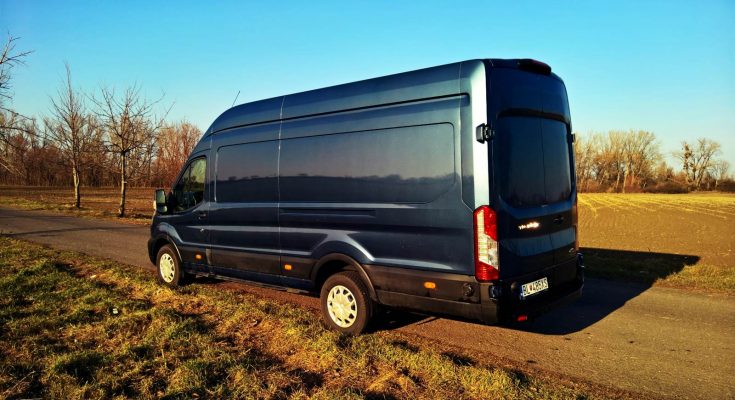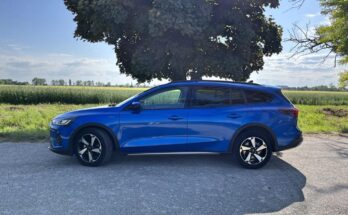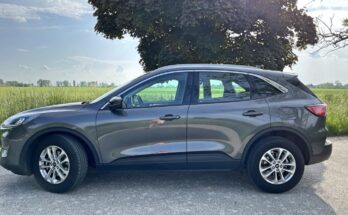While the electric and plug-in hybrid Ford Transit is still only being tested and will arrive sometime in 2021, the conventional one has meanwhile received an intergenerational facelift. We tested the improved and rejuvenated Tranzit in the form of a three-seater van with a front bench, in the largest available form – Jumbo (specifically FORD Transit VAN V363 MCA 2.0 TDCi EB 170k M6- RWD, VAN 350 L4 H3 Trend).
The Transit in this version has an impressive length of over 6.7m, a height of 2.7m and a wheelbase of 3.7m. The huge cargo space with a volume of about 15 cubic meters has a reinforced partition, lining with plastic fillings and LED lighting of the entire space. It is accessible through side sliding doors and huge double-winged rear doors with intelligently designed stops.
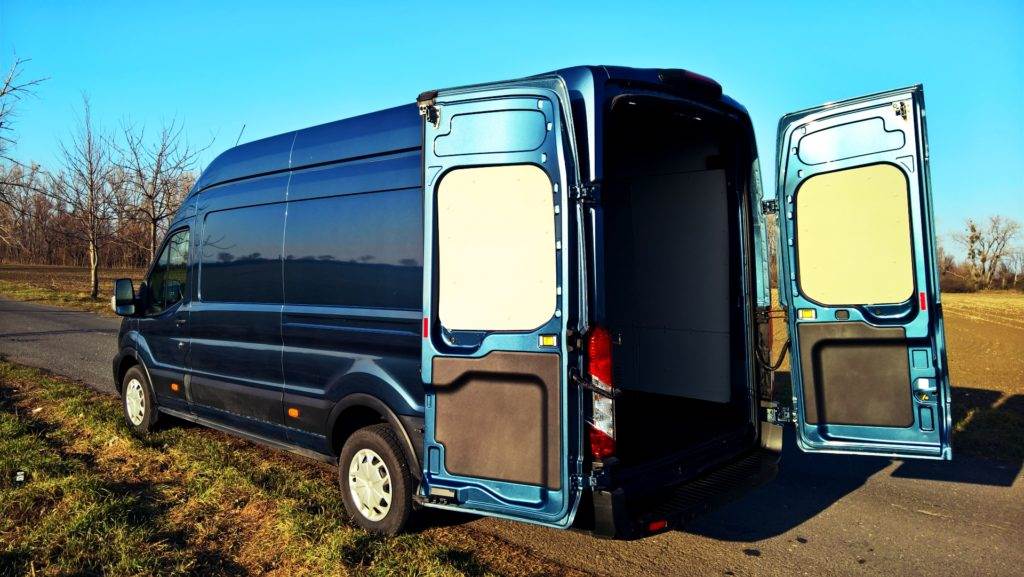
The major changes that come with the facelift concern both the exterior with a slightly differently shaped front mask and the interior, which has almost completely come close to a passenger car. So inside we find a redesigned instrument panel with plenty of storage space and new technologies such as an assistant when leaving a vertical parking space, intelligent cruise control and a blind spot monitoring system. The rear parking camera was a bit missing, but it is an option for additional purchase and I would definitely check this in the configurator. The new Transit received the multimedia system Sync3 and FordPass Connect, which, thanks to a data connection via the 4G network, transmits information about the traffic situation in real time directly to the navigation system. If you also install the FordPass application, you will be able to check the locking status of the vehicle via your mobile phone and you can also locate the car on the map.
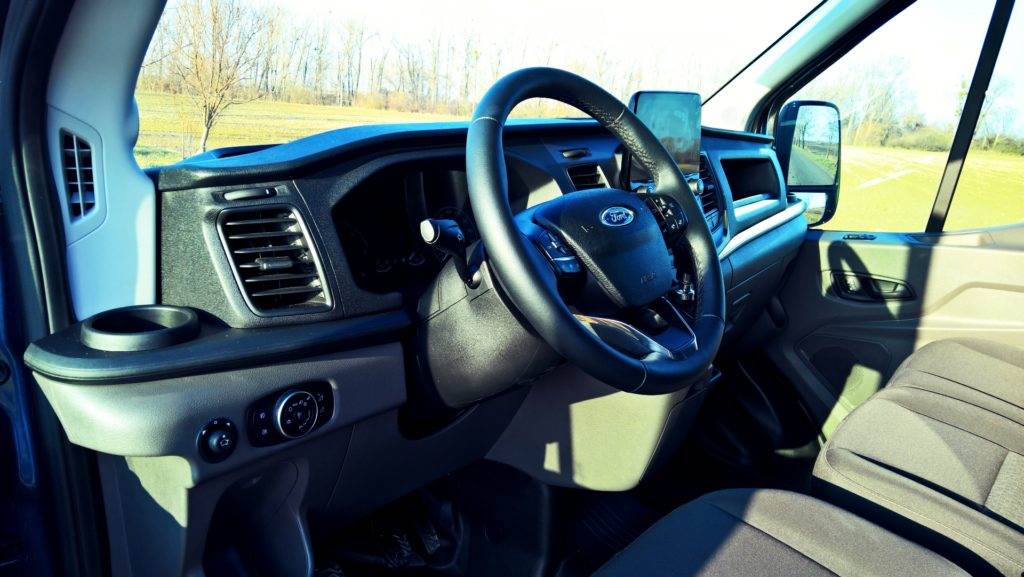
Thanks to the use of computer programs that are commonly used in aviation, it was possible to achieve significant changes in weight and thus usability. Specifically, this means that in the highest specification 350 Trend with a long wheelbase, it was possible to save about 80 kilograms. And where everywhere? It was enough to skillfully use or change some materials. For example, the bulkhead behind the crew is now made of composite materials. The aluminum hood celebrates its premiere in European vans.
Above all, all this means that you can now load a lot more into the Transit (operating weight is 2514 kg). The lower weight also benefits fuel consumption, which is also helped by the improved 2.0 TDCi EcoBlue diesel engine. Under the hood, the tested specimen had the second most powerful two-liter EcoBlue engine with an output of 125 kW (170 hp) with a torque of 405 Nm at 1500-3000 rpm. and it was coupled with a very precise 6-speed manual transmission. Its performance is completely sufficient and it is not a brake on traffic at all, even on the highway.
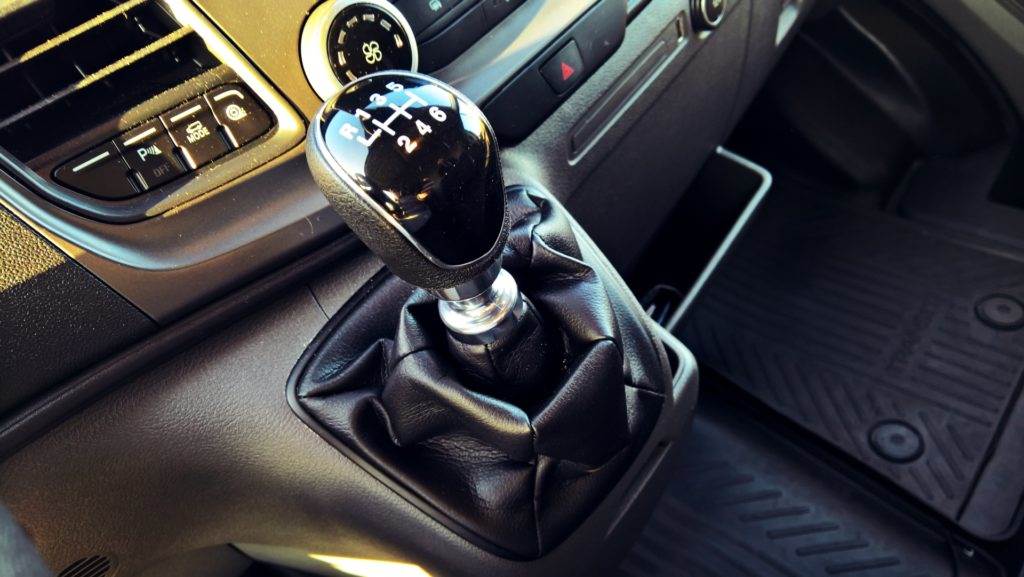
The ability of diesel engines to burn oils previously used in the kitchen for cooking is nothing new. Fuels created by the so-called hydrogenation of vegetable oils (HVO) are already an increasingly well-known alternative to the use of classic diesel fuel, and this use of unnecessary cooking oils and animal fats is now even approved by Ford for the engine in the latest Transit. Since the unit was tested for the combustion of this alternative from the beginning, by burning HVO, Ford reports up to 90% lower production of greenhouse gases and also a reduction in the formation of nitrogen oxides (NOx) compared to classic diesel.
Both fuels can be mixed in the tank, and HVO's composition also ensures that the diesel engine starts easier at low temperatures. In Europe, a number of companies already collect used vegetable oils from restaurants and households for further use in the production of biofuels. However, the HVO offer is currently only available at selected gas stations and is particularly popular in Scandinavia and the Baltic countries. The biggest use can be seen in larger transport / logistics companies that are trying to positively reduce their impact on the environment. Ford is thus one of the first automakers to officially recommend the use of HVO.
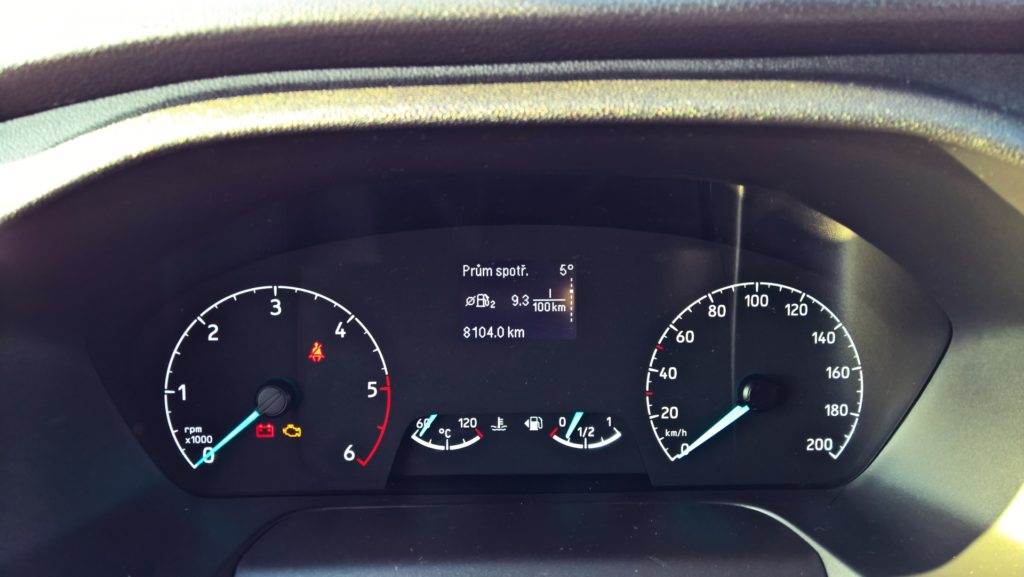
The average consumption has stabilized slightly above 9L/100km, and in the city you will definitely see double-digit values above 12-13L/100km.
Ford Transit is famous above all for its reliability, ease of operation and the ability to withstand long-term overloading with cargo. About ten years ago, transit was one of the cheapest deliveries in terms of operating costs. However, times are changing, the competition has significantly improved in this regard, but the new Transit lives up to its name. According to the price list, the basic Ford Transit Van costs slightly under 25,000 euros without VAT, and the price of the tested vehicle was 31,045 euros without VAT.

| Technical specifications | FORD Transit VAN V363 2.0TDCi |
| Engine type: | Diesel |
| Cylinders / valves: | 4 / 16 |
| Displacement (ccm): | 1995 |
| Highest combined power (kW(k) / rpm) | 125 (170) / 3500 |
| The highest twist. torque benz.mot. (Nm / rev/min): | 405/1500-3000 |
| Gearbox: | 6-st. manual |
| Acceleration 0 – 100 km/h (s): | yes ? |
| Combined consumption – WLTP (l/100 km): | 6.9-12 |
[rl_gallery id=”8168″]

